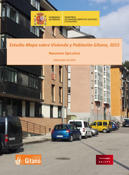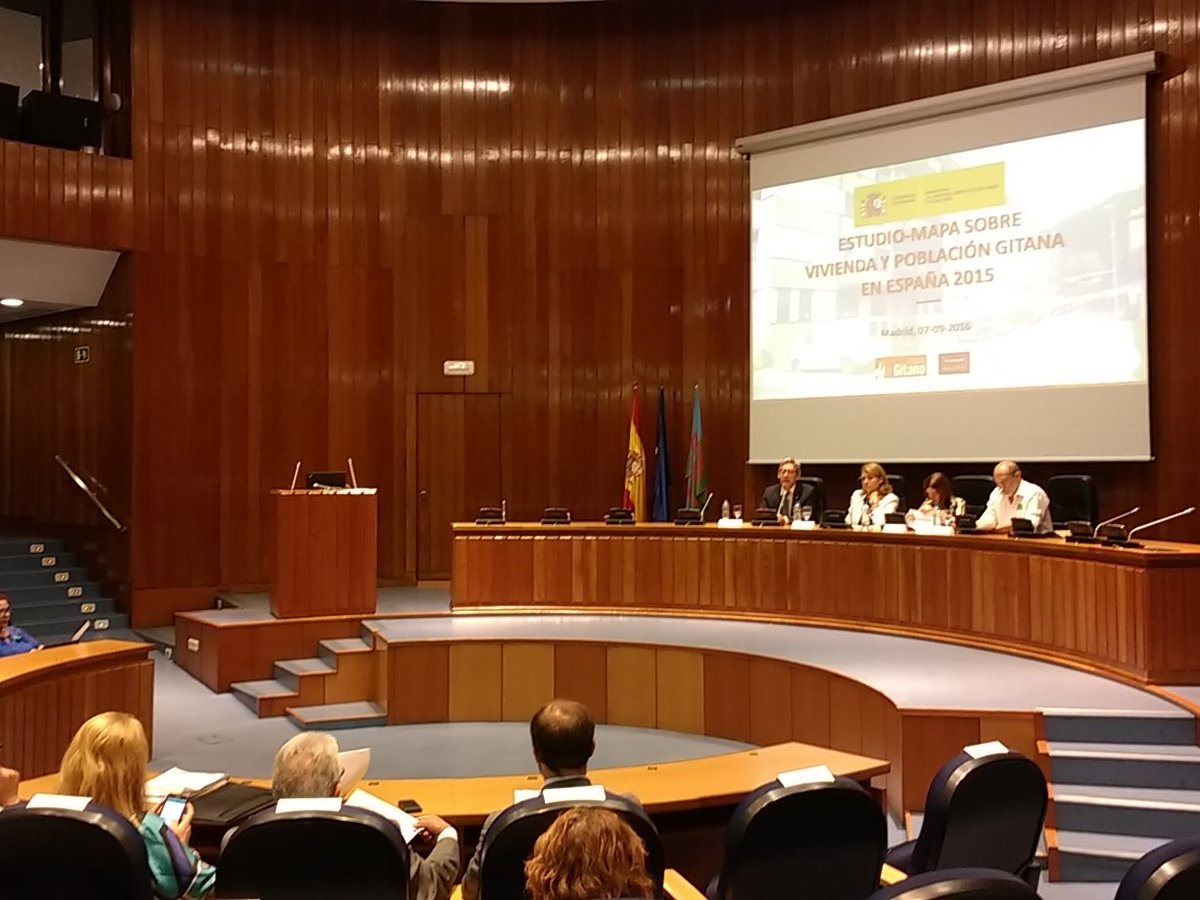07/09/2016
FSG Vivienda
 This study aims to provide comparable information on the evolution of the situation of the Roma population in relation to housing and residential conditions since the 2007 Study-map on housing and the Roma population and to identify the prevalence of problems such as sub-standard and slum housing as well as other issues related to the residential exclusion on this population. It is also expected that the results and conclusions of the Study serve to provide guidelines for public, social and urban policies to include specific and integrated actions in those territories where there are situations of slum or sub-standard housing affecting the Roma population.
This study aims to provide comparable information on the evolution of the situation of the Roma population in relation to housing and residential conditions since the 2007 Study-map on housing and the Roma population and to identify the prevalence of problems such as sub-standard and slum housing as well as other issues related to the residential exclusion on this population. It is also expected that the results and conclusions of the Study serve to provide guidelines for public, social and urban policies to include specific and integrated actions in those territories where there are situations of slum or sub-standard housing affecting the Roma population.The replication of the Study-Map on Housing and the Roma Community in Spain carried out in 2007 is one of the measures foreseen to assess the compliance with the National Roma Integration Strategy in Spain 2012-2020 in the field of housing. In this context, the Ministry of Health, Social Services and Equality (MSSSI) issued a tender and awarded the contract to contract to carry out the study to the Fundación Secretariado Gitano (FSG), which developed its task in collaboration with Daleph. This nationwide Study-Map was conducted under the supervision of the Directorate-General for Family and Children's Services of the Ministry of Health, Social Services and Equality, with the support, on a consultative basis, of representatives of the Housing Working of the State Council of the Roma People, of the Ministry of Public Works and invited experts.
The methodology used was similar to that used in the previous studies in 2007 and 1991 (also undertaken by the FSG), in order to be able to compare the information obtained and observe the changes occurred over the last years.
The event organized to present the event counted on the participation of the Secretary of State for Social Services and Equality of the Ministry of Health, Social Services and Equality (Susana Camarero Benítez); the Director of the Fundación Secretariado Gitano (Isidro Rodríguez Hernández); the Vice-president of the State Council of the Roma People (Antonio Vazquez); and the Director of the FSG Department of Social Inclusion (Maria Teresa Andrés).
Successful experiences of public intervention in the field of social-residential inclusion were also presented. Among them the Social Renting Housing Programme of the Regional Government of Navarra or the Rehousing Programme of the Mártires neighbourhood in the city of Huesca. The presence of Catarina Marcelino, Secretary of State for Citizenship and Equality of the Government of Portugal, who was visiting Spain to learn about good practices in the country, is also worth noting.

SOME OF THE CLONCLUSIONS OF THE STUDY ARE AS FOLLOWS:
The results of the Study-Map (whose full version will be released soon on the website of the Ministry of Health, Social Services and Equality) indicates a clear improvement as regards the reduction of slum and sub-standard housing, fulfilling one of the objectives set in the National Roma Integration Strategy in Spain 2012-2020. However, these results should not make us forget the over 2,000 Roma families who still live in slums and the more than 9,000 who live in sub-standard housing, situations of indignity for any European country. Therefore it is necessary to pursue the efforts initiated by many governments to once for all eradicate slums and reduce sub-standard housing.
The processes of social and residential inclusion of Roma people work when the initiatives undertaken are integrated, adapted, sustained over time and count with adequate resources. These are socially profitable investments.
Related documents
Links